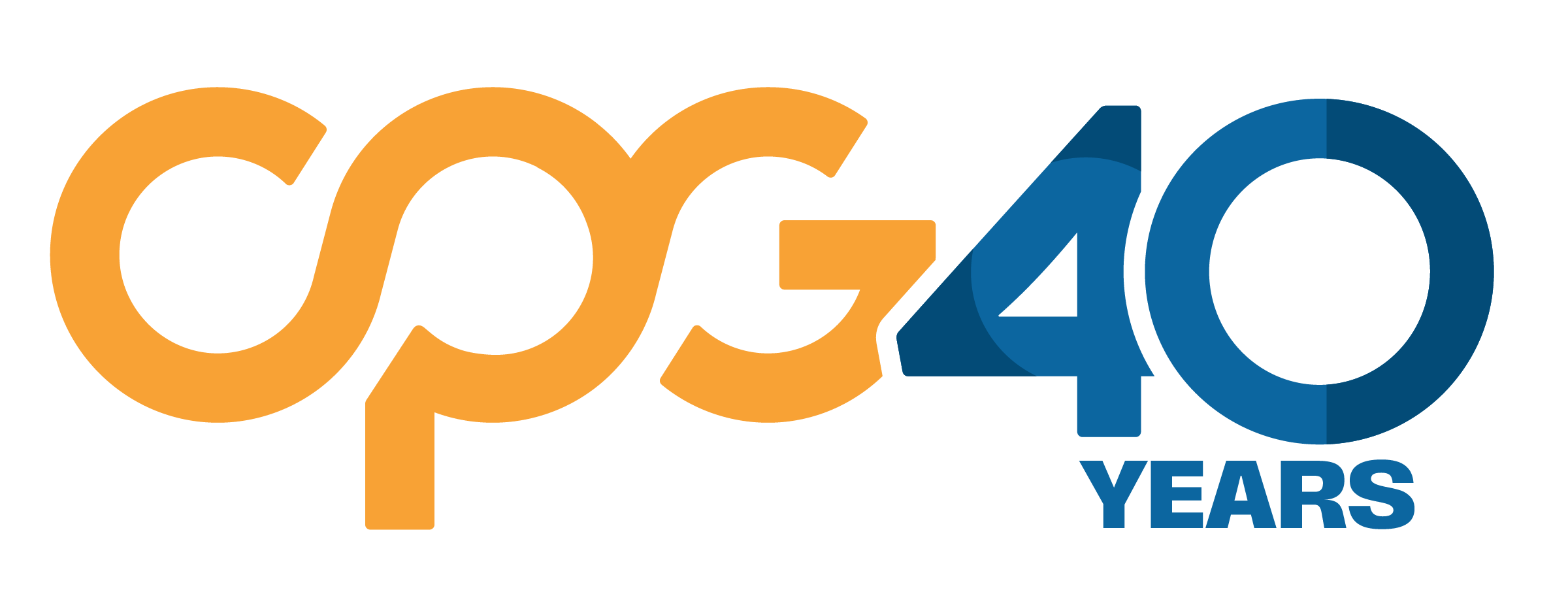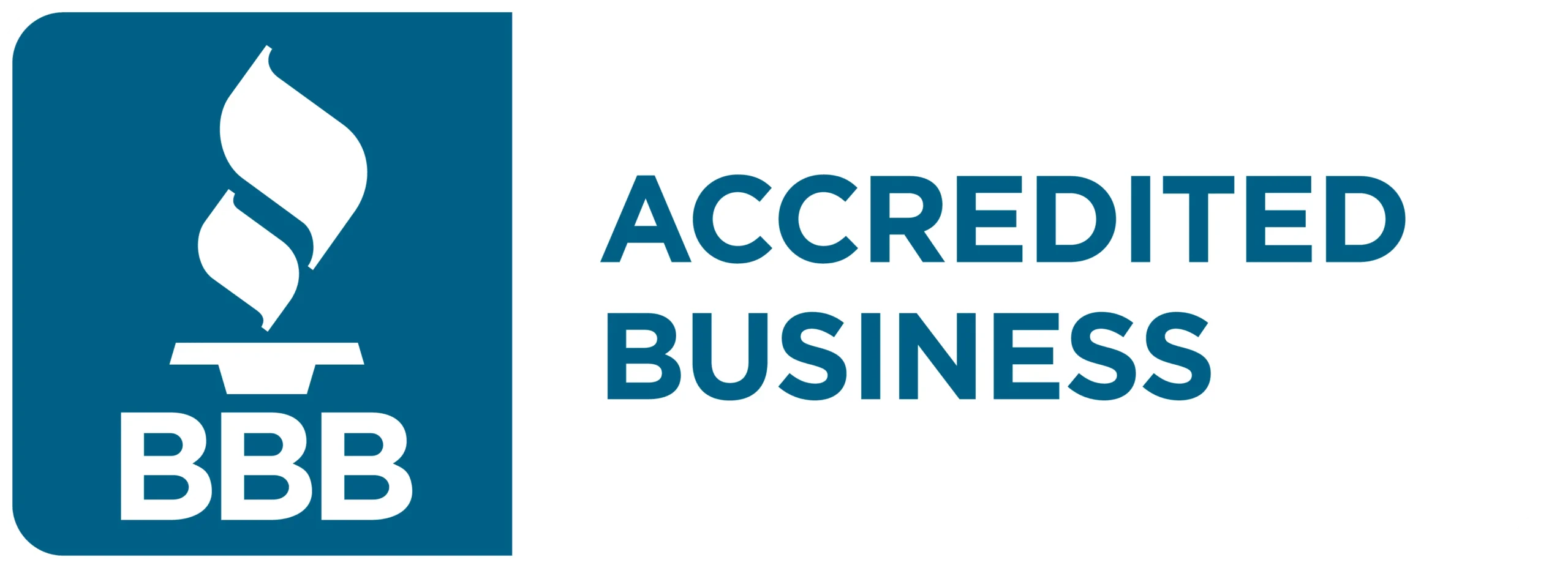Why experience design matters for employees
It sounds counterintuitive to market to your own people, but done right, experiential marketing for internal communications will skyrocket employee engagement.
That’s why some brands create experiential campaigns just for their employees. Sure, internal experience marketing isn’t as common right now, but some of the biggest brands in the world (like Southwest, Jimmy John’s, and ULTA) are marketing to their own employees with great success.
Indeed, 91% of people, including your employees, have positive feelings about a brand after an event. And your employees like experiences! It’s a chance to learn, ask questions, and bond as a team. Experiential marketing is also helpful for employees because:
- It’s memorable: Human memory is tied to emotion. That’s why you’re more likely to remember happy experiences than “meh” ones. Experiential marketing engages all of your attendees’ different senses in powerfully emotional events that they’ll remember. And hey, it’s way more interesting than a company-wide email that your team will never remember and may not even read.
- It creates brand advocates: Customers listen when your employees talk about the brand. It comes off as more authentic and you can actually use employee advocacy as a form of user-generated content. Carefully curated employee experiences encourage word-of-mouth marketing, so don’t overlook the power of marketing your brand through internal sources.
- It improves the customer experience, too: Employees play a big role in the customer experience. If your team feels valued and cared for, they’ll do the same for your customers.
5 ways to use experiential marketing internally
Here’s the thing: businesses with highly engaged employees outperform their competition by 147%. Instead of saving your cool experiential campaigns for your customers, you can take an experiential approach internally, too. Try these five approaches to design better employee experiences.
1. Make employees the heroes of the story
Storytelling taps into your employees’ emotions, which makes an event much more engaging. It’s easier for your team to feel something when a story is actually about them and not a soliloquy about your quarterly earnings.
Make your team the hero of the story by:
- Thanking and recognizing employees (by name) during the event
- Hosting an employee showcase
- Appreciating employees publicly
- Recording videos of your team and sharing them at the event
Everyone has a story, and so your organization has many stories to share. Ask your team to share their authentic experiences for raw, transparent stories that connect employees with your mission.
2. Improve the experience with technology
There’s nothing wrong with a PowerPoint presentation, but isn’t it time to jazz things up a little bit? Good experiential marketing becomes great when you pair it with the right technology. Use this as an opportunity to amplify your message and make the experience more engaging. Is there a platform that will help your employees connect better?
Maybe you create an internal app that sends employees on a scavenger hunt. Or maybe you create an AR selfie filter to share on Instagram. The sky’s the limit! Just make sure the tech you choose actually will engage with employees; don’t buy a new tech toy just for the sake of it.
3. Consult with your employees
The worst thing you could do in experiential marketing is design an irrelevant experience. Whether you’re in the C-suite, marketing, or HR, you need to understand the day-to-day lives of your employees. If you don’t understand your people, it’s just not possible to create an experience they’ll enjoy.
Collect employee insights through:
- Demographic data
- Focus groups
- Anonymous surveys
- Committees
For example, some of our clients create Engagement Councils for internal experiential design. These committees give your employees a voice, which will help you design experiences that are more relevant to your team.
4. Design experiences across the employee lifecycle
It’s great to have an action-packed onboarding experience or an exclusive workshop for top performers, but that won’t cut it. Instead of hosting a few one-off events, you need to design experiences across the employee lifecycle.
That means you need experiences for:
- Recruitment
- Onboarding
- Training and development
- Motivation and celebration
Remember, experiential marketing is still marketing. Treat your employees like they’re going through the buyer’s journey, designing custom experiences based on where they are in their career.
5. Create immersive and interesting experiences
We guarantee that none of your employees want to attend a snoozefest. If you wouldn’t be excited to attend an experience yourself, it probably isn’t exciting enough for them either. That’s why brands have to create immersive, interesting experiences that encourage interaction.
Normally, experiences like leadership training put people to sleep. But when you skip over the passive lectures and slides and do something that’s fun, your team will learn! Ge them out of their seats with cool interactive features like:
- Responsive flooring games
- Digital graffiti walls
- Photo booths
- Tie-dye booths
- Scavenger hunts
- Live bands
- Auctions
- Laser tag
Think bigger for your next internal event. Get crazy and be innovative here; novelty is the key to motivating your employees.
Download Our eBook: 8 Fundamentals of an Internal Communications Strategy
If your people are sending out the “whatever” vibes, it’s time to get back to the basics. Make sure your internal communication strategy is following 8 fundamentals to cultivate an engaged workforce aligned with your company’s success.
Experience drives engagement
You need a great team to run a great business. Wake up your employees with interactive, meaningful experiences that connect them with your business’s mission. Ditch the stuffy old workshops in favor of energizing experiences that employees actually want to attend.
These five tips are a great starting point, but we know it’s hard to fully design impactful interactive events on your own. Contact us today and see how CPG’s experiential leadership programs can empower your team.





